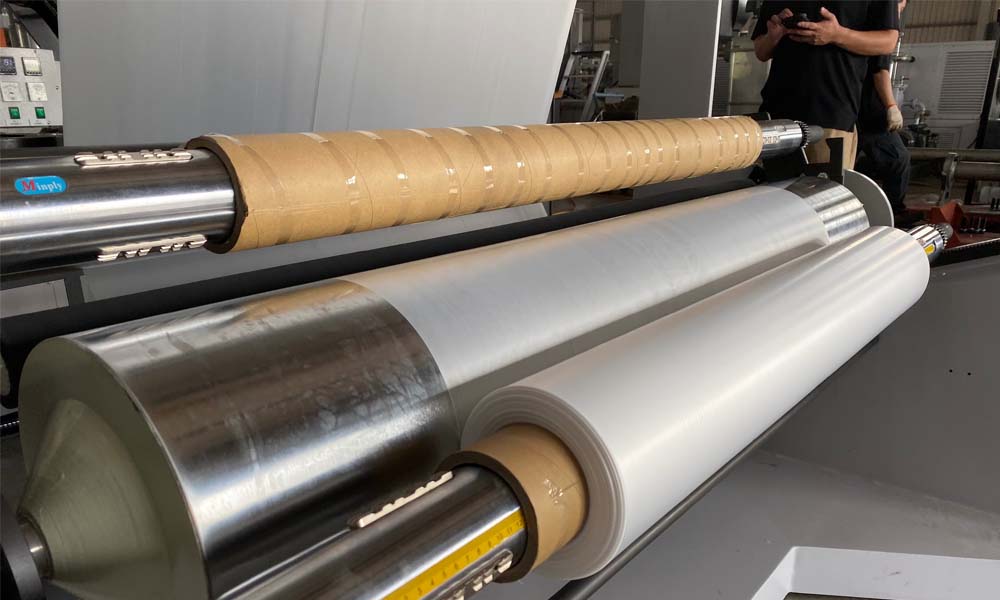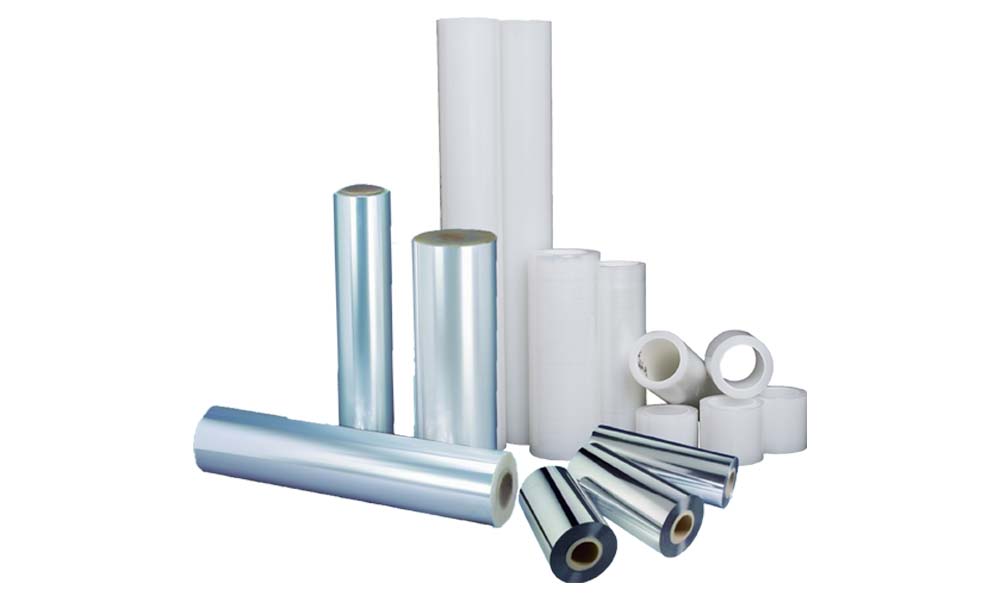High-density polyethylene (or HDPE) plastic has been courting my favor recently. Not only is it one of the most versatile of plastics—used in everything from hard hats to house wraps—it’s also widely recycled, in both its rigid form (e.g., containers) and flexible form (e.g., bags).

What is an HDPE film?
High-density polyethylene (HDPE) is hard, sturdy plastic with a high crystalline structure. It is commonly used in plastics for milk cartons, laundry detergents, trash cans, and cutting boards.

Uses of HDPE
It’s light but super strong. That’s why a 60g HDPE bottle can hold about 3 liters of milk. And why so many automakers use HDPE fuel tanks — lighter-weight car parts can help increase fuel efficiency.
It is impact-resistant.
It has a long service life and is weather resistant.
It resists mildew, rot, and insects, so it’s great for underground pipes used to carry water.
And it’s easily molded into nearly any shape, a trait that all plastics have in their malleability. And this is very important when applied to the plastic packaging industry, especially laminated film packaging.
Like many other plastics, HDPE often replaces heavier materials, partly because our society and many companies are pursuing sustainability goals, such as reducing the amount of material used in packaging and products. “Light and strong” can translate to “less impact on the environment”. For example, a recent study of packaging found that plastic could provide the food industry with less waste and fewer emissions.

Because of such a wide range of applications, HDPE films are suitable for many industries such as:
- Food
- Drinks
- Personal care products
- Household products.
- Other

Recycling for HDPE
The HDPE plastic identification code is the printed symbol number 2, surrounded by a chasing arrow. This code was designed decades ago to help recycle plastic in the first place.
HDPE is recycled very well and in the world it is almost rare to find HDPE in landfills, they are all accepted at recycling plants. And recycled products are applied to many different products.

Read more: Polyethylene film vs Polypropylene film – Which is better?
Some typical uses include:
- Recycled plastic storage bins
- Recycled plastic wood;
- Outdoor furniture made of recycled plastic;
- Playground equipment made of recycled plastic;
- Auto parts made of recycled plastic;
- Plastic recycling bins, compost bins
Therefore, HDPE film is a very popular material thanks to its high strength, impact resistance, flexibility, and especially its recyclable feature.

Why is Amiba company always the first choice?
- More than 30 years of experience in the plastic and complex film packaging industry
- Provide products with high quality
- Large production capacity
- Cost savings
- Large warehouse system, fast delivery
- Diverse payment policy
- Being a close partner of many large companies and large enterprises
- Staff dedicated to the job
- The production environment is safe for humans and the environment

Amiba company’s products are widely used by ensuring quality management, environmental protection, and integrated ISO standards:
– It has been assessed and certified to meet the requirements of Hazard Analysis and Critical Control Point (HACCP) Codex Alimentarius
– It has been assessed and certified to meet the requirements of Food Safety System Certification (FSSC) 22000
– It has been assessed and certified to meet the requirements of ISO 22000: 2018
– It has been assessed and certified to meet the requirements of ISO 9001: 2015
If you need to learn more about HDPE film, or need advice regarding placing an order or getting a price quotation, please call now +84 966 290 555 for the best support.
CONTACT US
Address: Lot 8, Street Number 16, Viet Nam-Singapore II-A Industrial Park, Tan Uyen Town, Binh Duong Province, Viet Nam.
Office Tower: 25 Ngo Quyen Street, Ward 10, District 5, Ho Chi Minh City
Tel: +84 966 290 555
Email: info@amibapack.com
Website: www.amibapack.com

 Tiếng Việt
Tiếng Việt 中文 (中国)
中文 (中国)